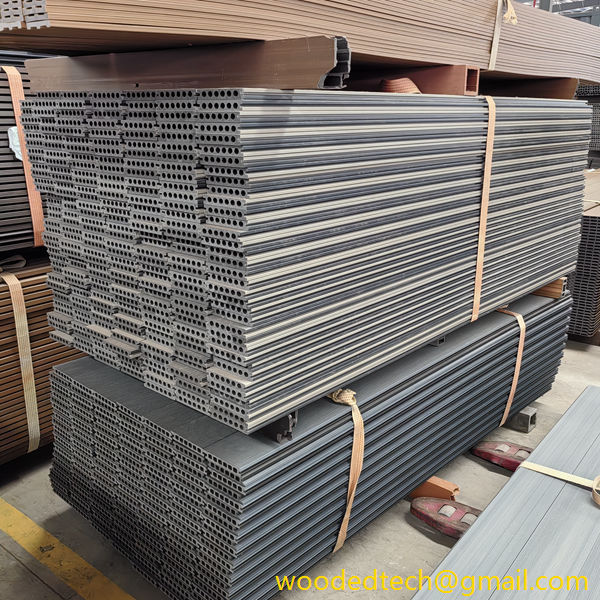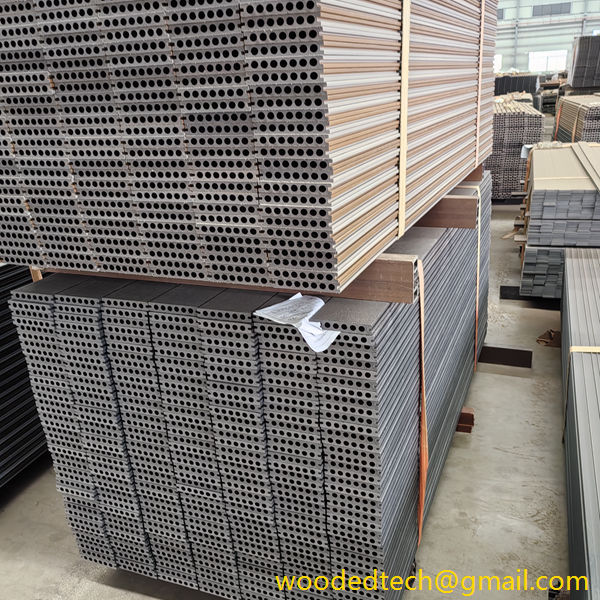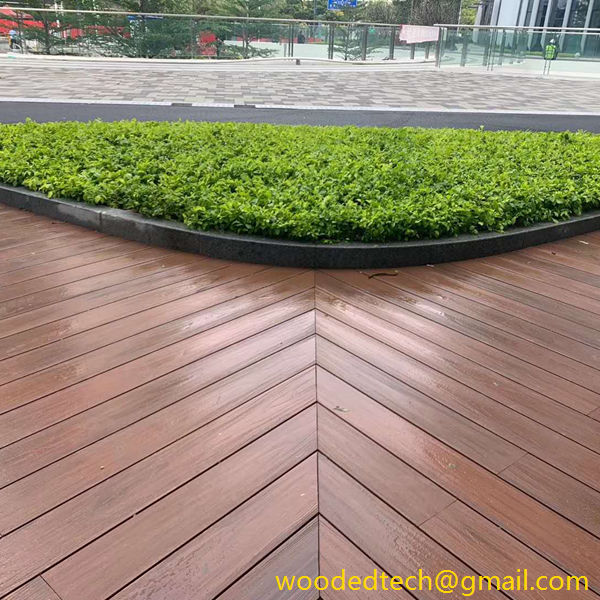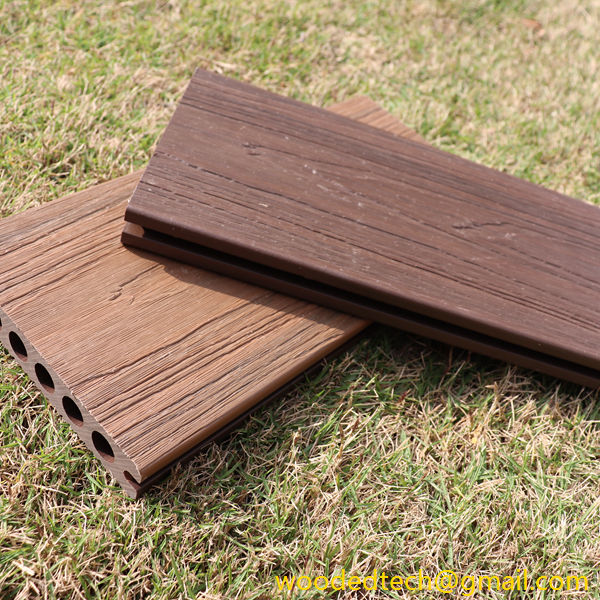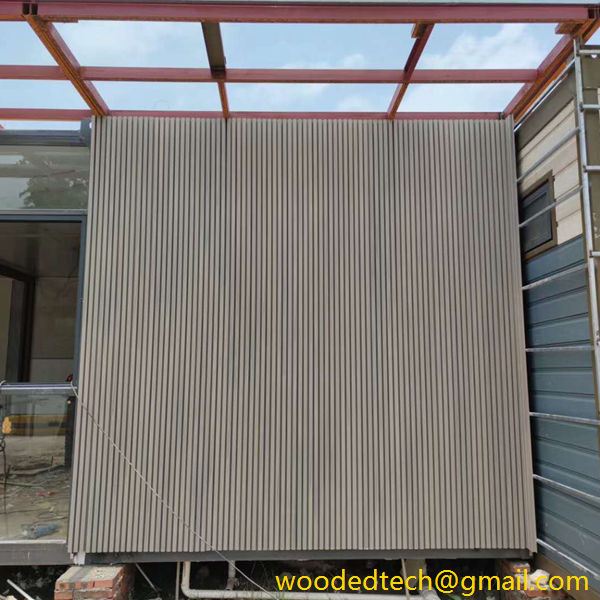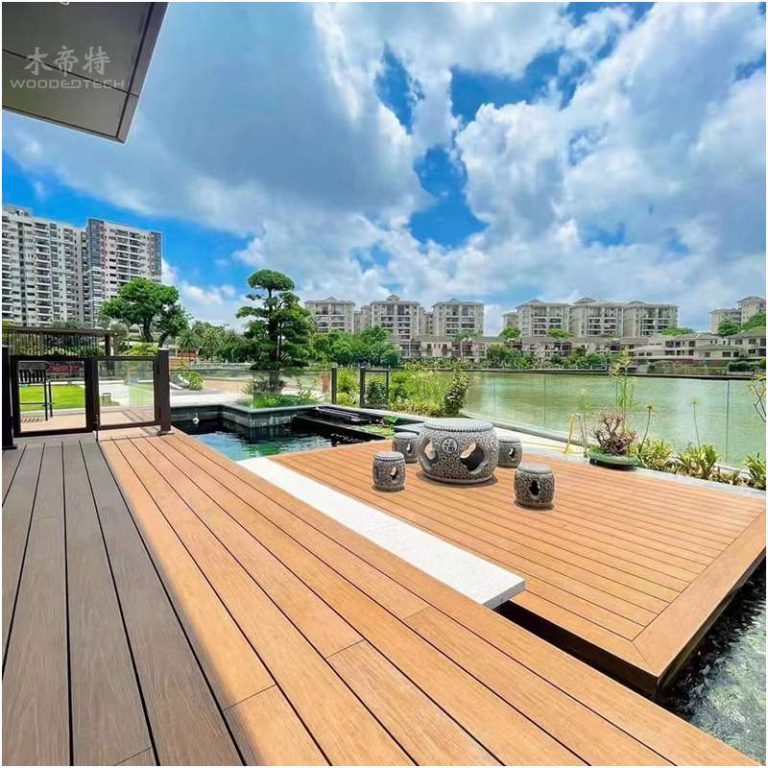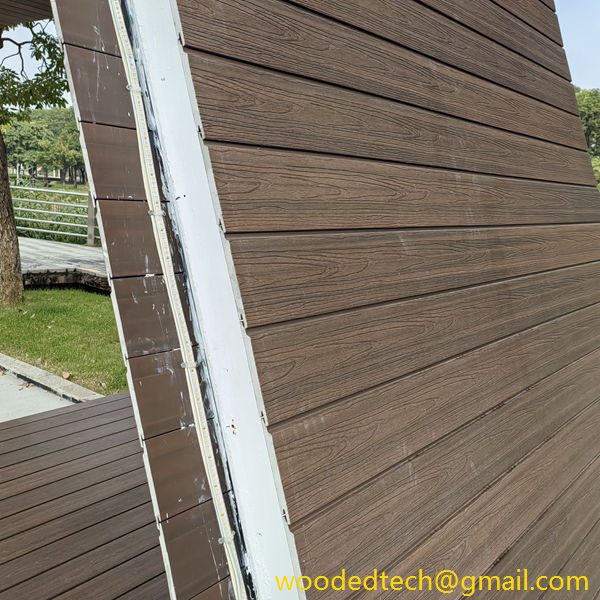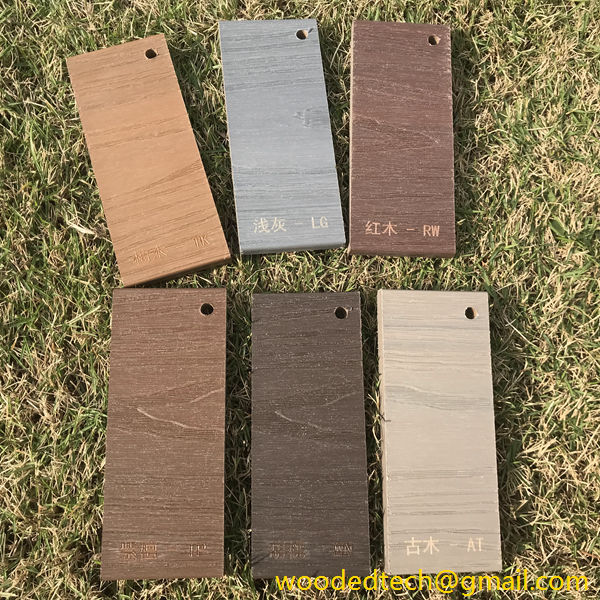Understanding Outdoor Plastic Wood for Versatile Applications
Understanding Outdoor Plastic Wood for Versatile Applications Outdoor plastic wood, often referred to as composite lumber, has emerged as a revolutionary material in the realm of construction and landscaping. This innovative product combines the aesthetic appeal of traditional wood with the durability and low maintenance of synthetic materials. As the demand for versatile and sustainable…
Understanding Outdoor Plastic Wood for Versatile Applications
Outdoor plastic wood, often referred to as composite lumber, has emerged as a revolutionary material in the realm of construction and landscaping. This innovative product combines the aesthetic appeal of traditional wood with the durability and low maintenance of synthetic materials. As the demand for versatile and sustainable building materials grows, outdoor plastic wood stands out as a practical solution for various applications.
At its core, outdoor plastic wood is made from a blend of recycled plastic and wood fibers. This composition not only makes it an environmentally friendly choice but also enhances its performance characteristics. Unlike traditional wood, which can warp, splinter, or rot over time, outdoor plastic wood is engineered to withstand the elements. This makes it an ideal material for outdoor furniture, decking, fencing, and numerous other applications.
One of the most significant advantages of outdoor plastic wood is its resistance to moisture. Traditional wood is susceptible to water damage, leading to issues such as mold, mildew, and decay. In contrast, outdoor plastic wood is designed to repel water, ensuring that it maintains its structural integrity even in harsh weather conditions. This moisture resistance makes it a preferred choice for areas that experience high humidity or regular rainfall.
Another benefit of outdoor plastic wood is its UV resistance. Exposure to sunlight can cause traditional wood to fade and lose its luster over time. However, outdoor plastic wood is formulated to resist UV rays, allowing it to retain its color and appearance for years. This characteristic not only enhances the material’s longevity but also reduces the need for frequent maintenance, such as staining or painting.
The low maintenance aspect of outdoor plastic wood is particularly appealing to homeowners and builders alike. Unlike traditional wood, which requires regular upkeep to prevent deterioration, outdoor plastic wood only needs occasional cleaning with soap and water. This maintenance-free feature is especially advantageous for those who lead busy lifestyles or want to enjoy their outdoor spaces without the burden of constant care.
In addition to its practical benefits, outdoor plastic wood offers a wide range of design possibilities. Available in various colors, textures, and finishes, it can mimic the look of natural wood without the drawbacks associated with it. Whether you prefer a classic wooden appearance or a modern aesthetic, outdoor plastic wood can be customized to suit your style. This versatility makes it a popular choice for both residential and commercial projects.
The applications of outdoor plastic wood are vast and varied. In residential settings, it is commonly used for decking, patios, and garden furniture. Homeowners appreciate the durability and low maintenance of this material, as it allows them to create beautiful outdoor spaces that withstand the test of time. Additionally, outdoor plastic wood can be used for fencing and railings, providing both privacy and security while enhancing the overall look of the property.
In commercial settings, outdoor plastic wood is equally valuable. It is frequently utilized in parks, playgrounds, and public spaces where durability and safety are paramount. The resistance to splintering and rotting makes it a safe choice for areas frequented by children and families. Moreover, its ability to withstand harsh weather conditions ensures that outdoor plastic wood installations remain functional and visually appealing for years.
Another noteworthy application of outdoor plastic wood is in landscaping. It can be used for garden borders, raised beds, and pathways, providing both functionality and aesthetic appeal. The material’s resistance to moisture and pests makes it an excellent choice for gardening applications, as it helps to create a sustainable and low-maintenance landscape.
As the construction industry continues to evolve, outdoor plastic wood is gaining recognition as a sustainable alternative to traditional materials. The use of recycled materials in its production contributes to waste reduction and promotes environmentally friendly practices. For those concerned about their ecological footprint, choosing outdoor plastic wood is a step towards more responsible consumption.
In conclusion, outdoor plastic wood is a versatile and innovative material that offers numerous advantages for various applications. Its combination of durability, low maintenance, and aesthetic appeal makes it an excellent choice for both residential and commercial projects. As more people seek sustainable and practical solutions for their building needs, outdoor plastic wood is poised to become a staple in outdoor construction and landscaping. Whether you are building a deck, creating a garden, or designing public spaces, this material provides the perfect blend of functionality and style, ensuring that your outdoor spaces remain beautiful and maintenance-free for years to come.

